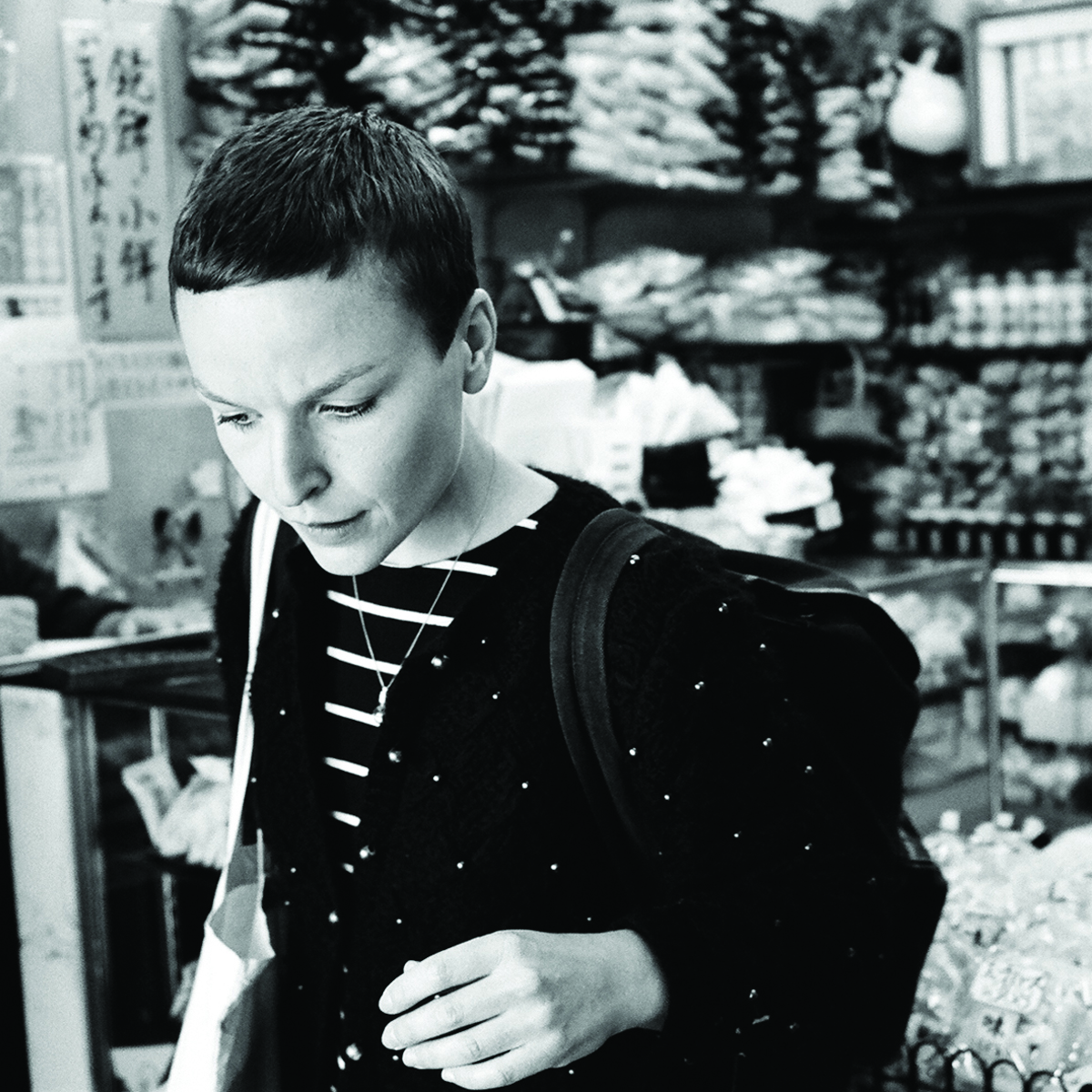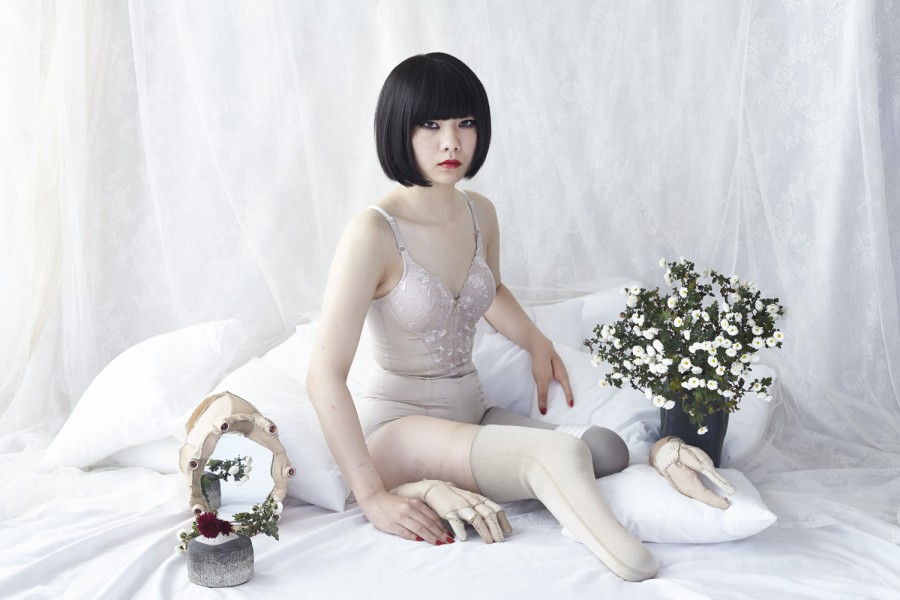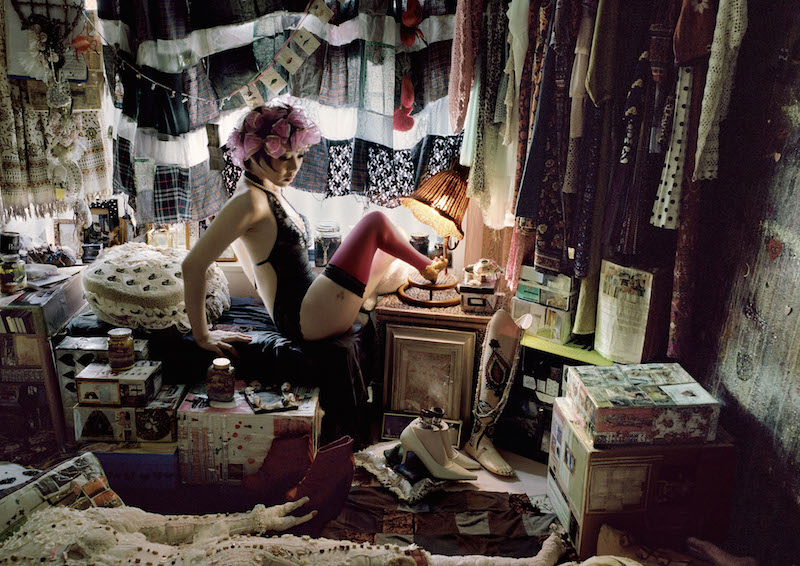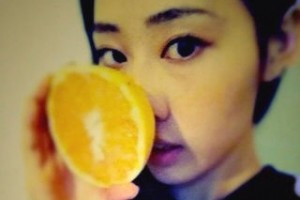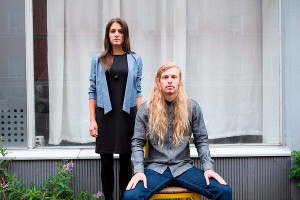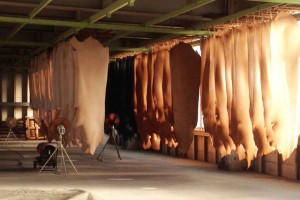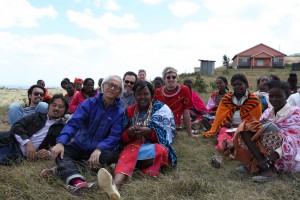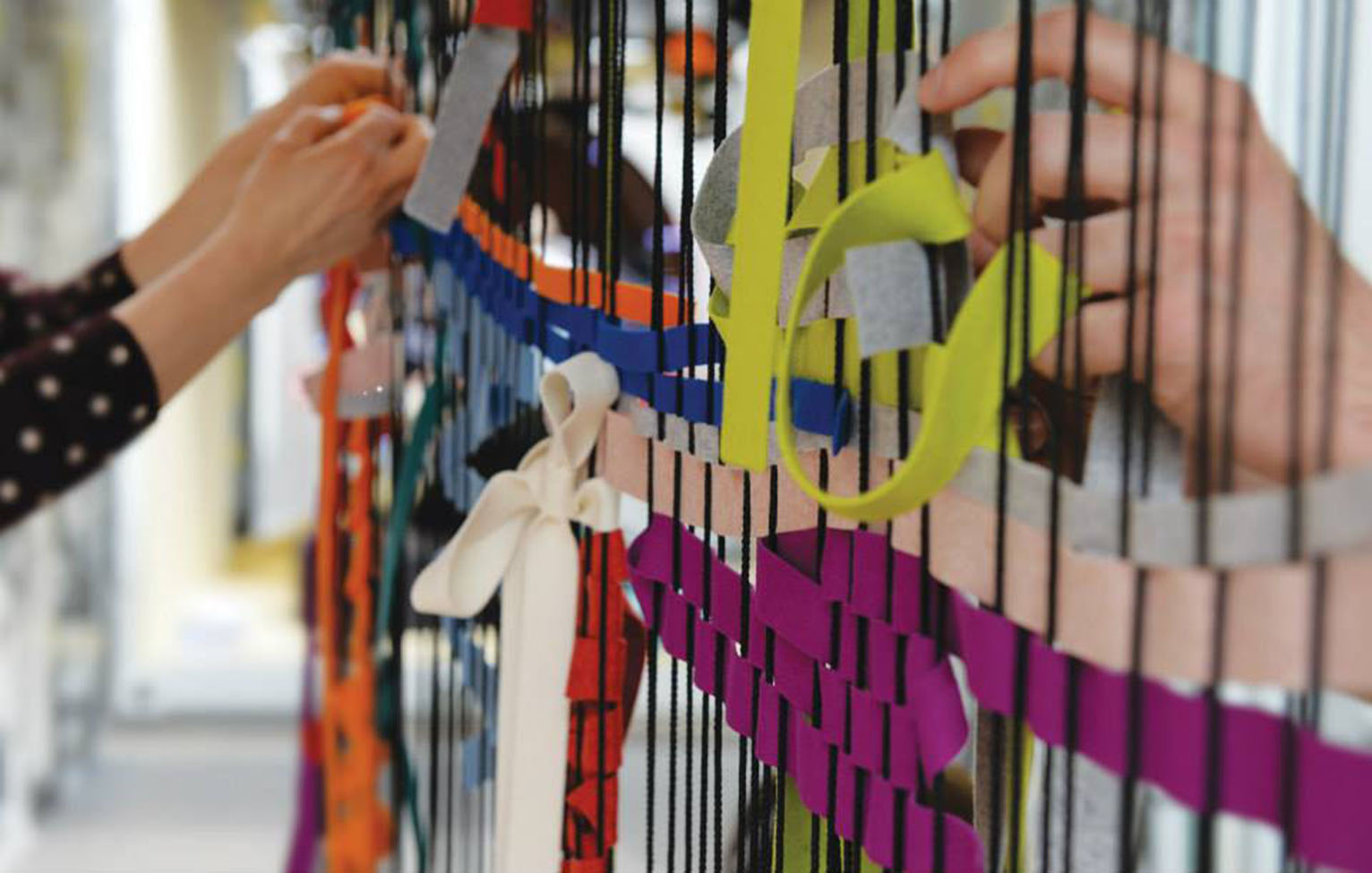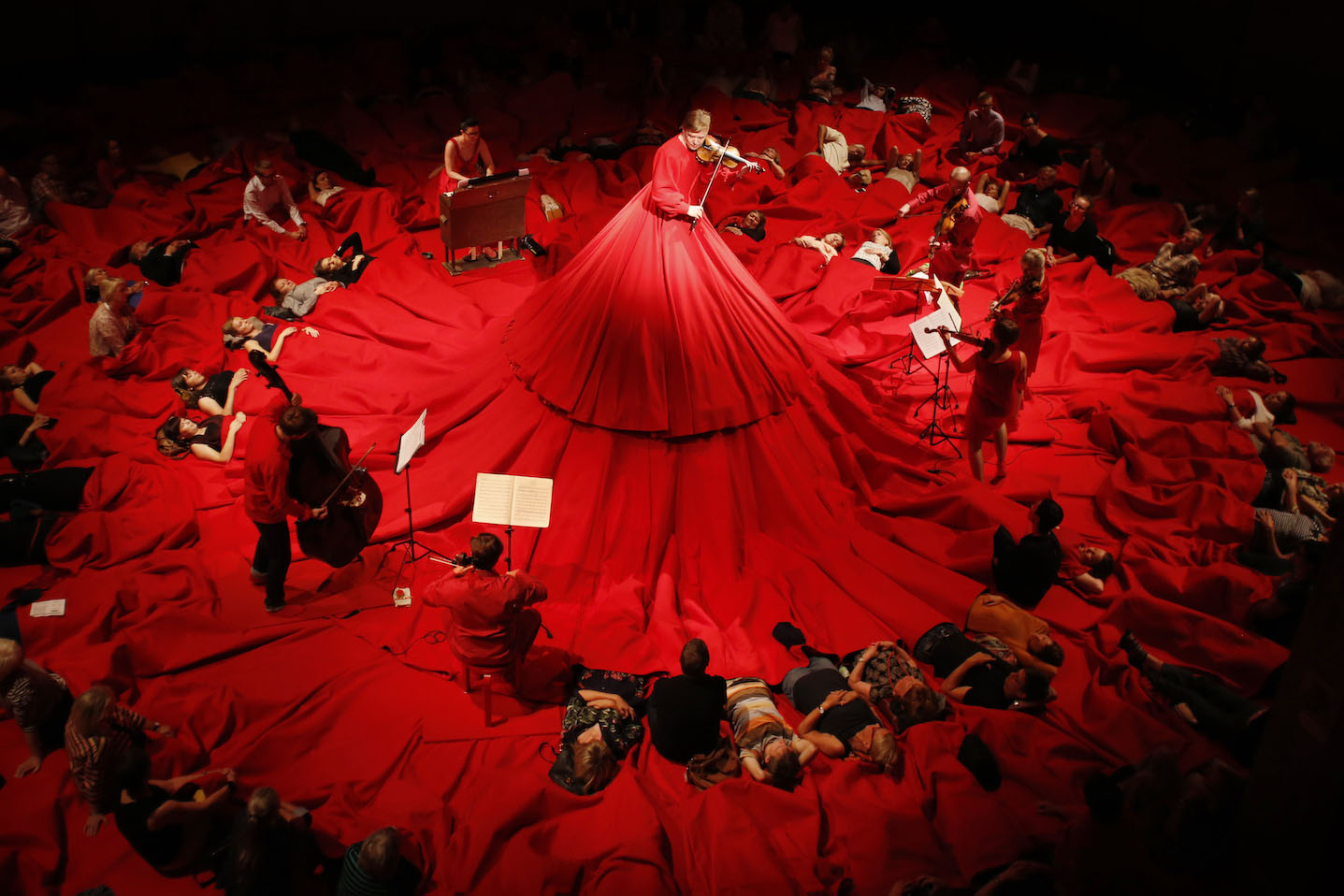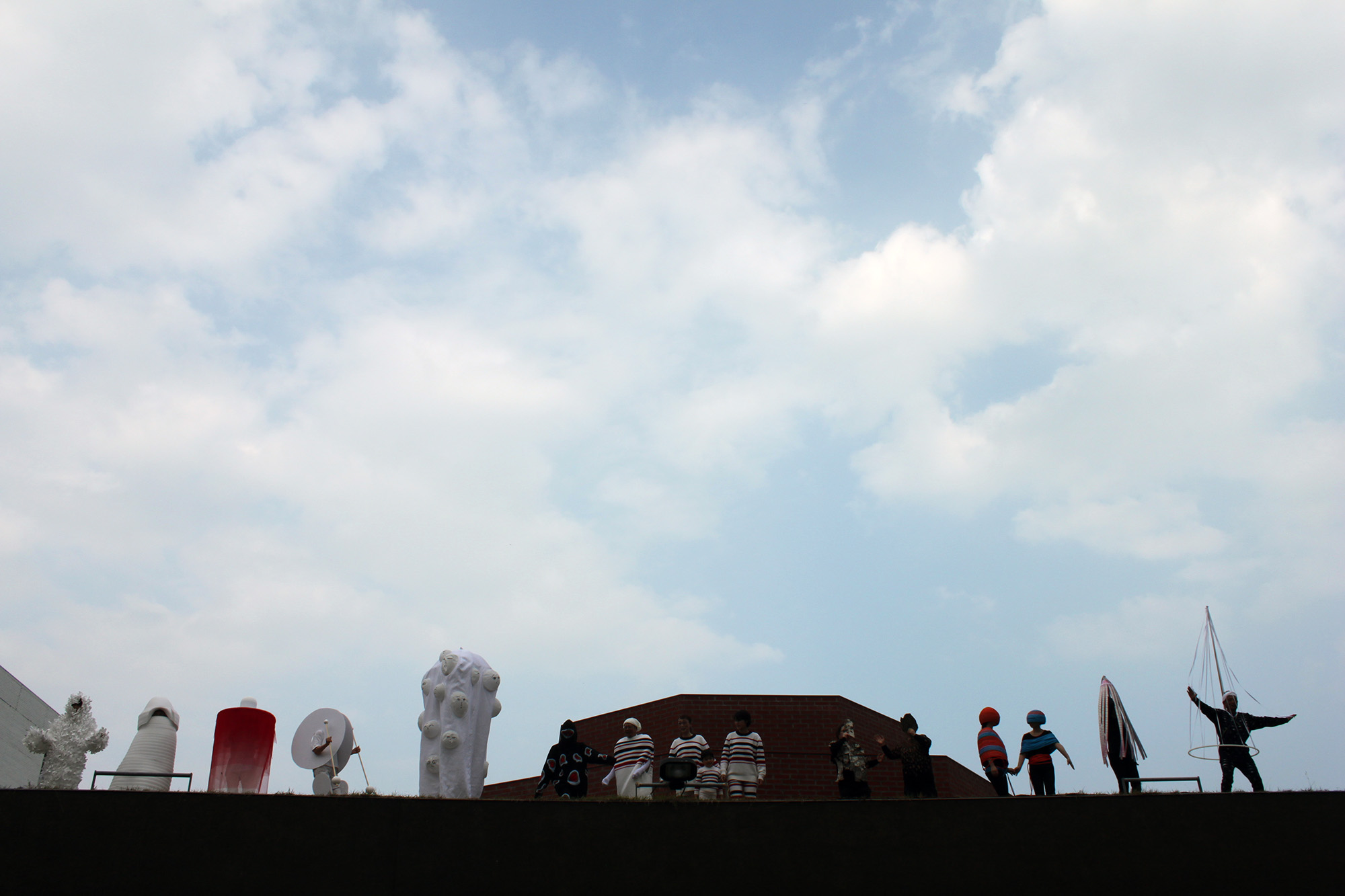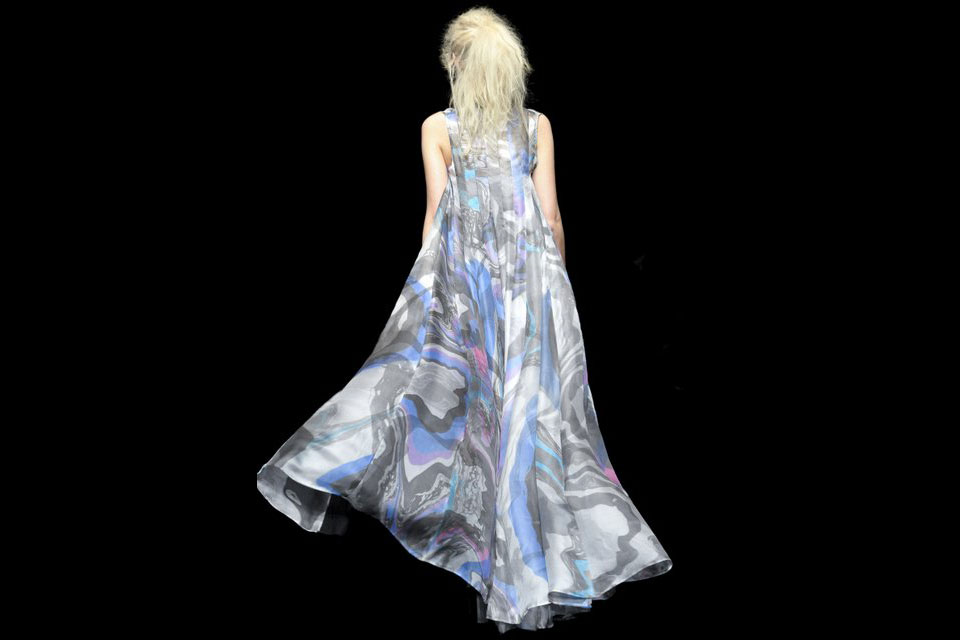For almost 10 years, I have worked to gain insight on and an understanding of our skills and strengths in a European context when it comes to textile craft and production. My big passion lies in exploring the merger of craft and design thinking, because I think it can be a way to uphold and infuse local traditions and production with renewed relevance.
Finding heroes, getting inspired by their work, approach and mind-set and learning from their projects and experiences is a natural part of my creative process. My heroes are not solely from the field of textile design; they are and have been musicians, artists or craftsmen as well.
COMPANY
The Finnish company, COMPANY, has been on my radar since I studied in Helsinki in 2012. The two designers, Finnish Johan Olin and South Korean Aamu Song, started their common design practice, COMPANY, in 2000.
Actually, the first COMPANY project I noticed and appreciated without knowing that Aamu Song was the creator was The Reddress. The Reddress is a huge red dress made of 550 m of fabric. The dress is worn by a musician. Wearing the dress, she is placed in the center of the dress, three meters above the ground; the skirt is 20m in diameter and consists of 238 pockets—each big enough to contain a person. The audience of the concert can lie in the pockets, enjoying the music.
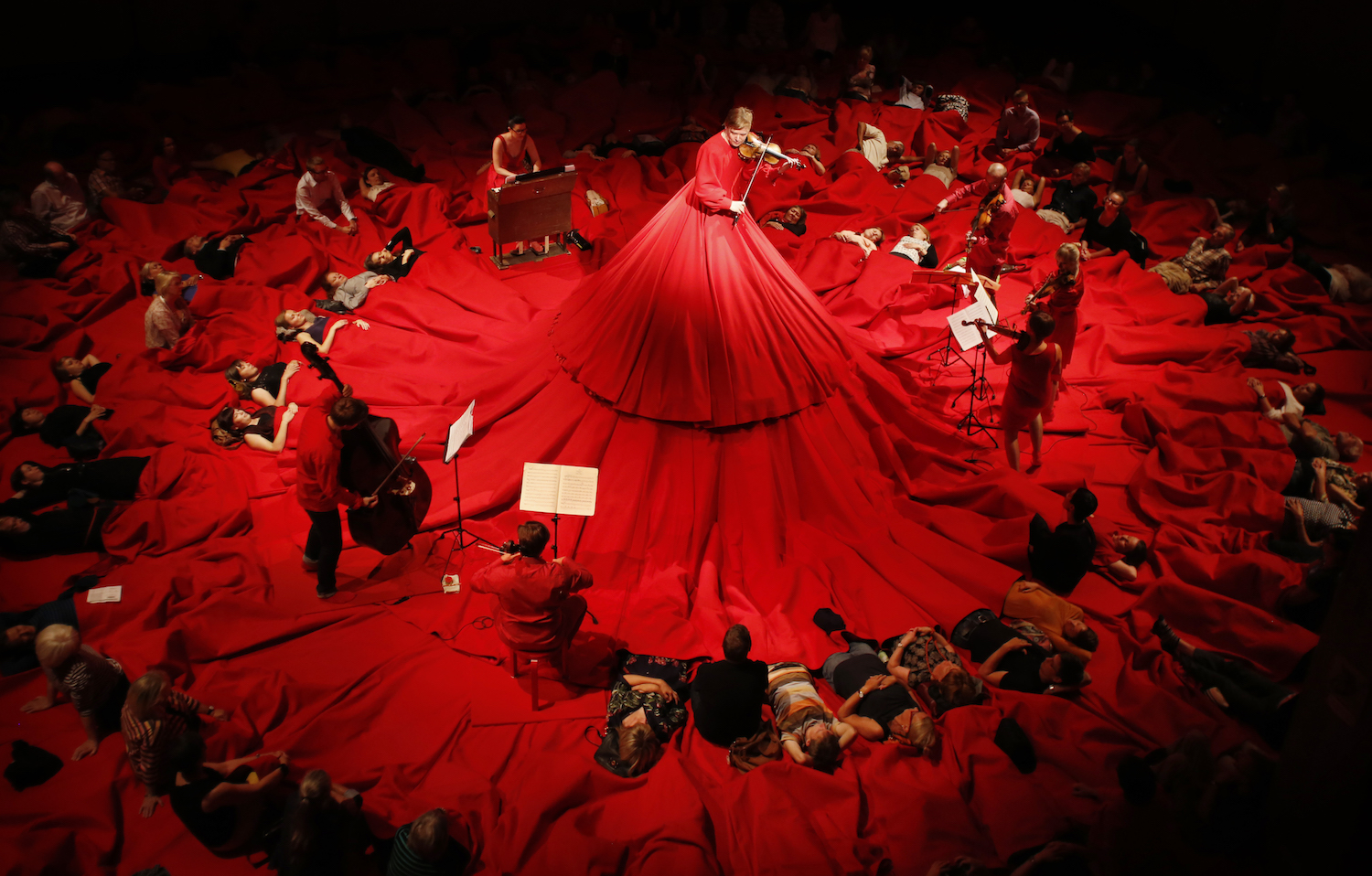
(Photography: Courtesy of COMPANY)
The dress was used for the first time in the Danish art museum Louisiana in 2005, and it has travelled around the world since then, creating the setting for various concerts. I can imagine that the combination of the formal classic long dress often worn to classical concerts and the sleeping bag that creates coziness, comfort and warmth must have created a positive, intimate and unforgettable experience.
The variation in COMPANY’s projects is inspiring. They cover a wide field, from different kinds of product design to stage design and exhibition design. COMPANY for me is synonymous with a continuous curiosity and fearlessness when working with very different projects and collaborating partners from various fields. This is something I also find important as a designer myself. I do not only want to design more products that have no other vision or intention but to be sold. For me, it is important to design products which celebrates craft, where people are involved in the production or projects that bring people together around crafts. In this regard, I have been excited to follow COMPANY and their projects.
Secrets of…
I have especially paid attention to the Secrets of… projects made by COMPANY. Since 2007, the two designers have made projects where they identify local manufacturers of utilitarian products, and then they create new designs inspired from the classic products of these manufacturers. They reinterpret traditional crafts, and through these interpretations, they infuse renewed relevance into traditional crafts all over the world.
The first of the Secrets of… projects was Secrets of Finland. On their website, COMPANY states, “The project started with a question. What is still made in Finland? We didn’t know. So we started finding out.”
COMPANY identified and made contact with companies still manufacturing in Finland. They researched the crafts, the methods of production and the products. Then they developed their contemporary interpretation of these traditional Finnish products, that was then produced by the Finnish manufacturers.
This process resulted in a collection of products that consisted of a hood bag made by Erikoislaukku in Loimaa, Finland, and felted dance shoes manufactured by Huopaliike Lahtinen in Jämsä, Finland, among other things. The project was exhibited and sold in Studio K at The Finnish National Gallery Kiasma in Helsinki.
(Photography: Courtesy of COMPANY)
Since then, there have also been Secrets of Estonia, Secrets of Russia, Secrets of Korea and most recently, Secrets of Northern Japan, which was exhibited at the Aomori Museum of Art this summer.
“This looks like our products, but it is completely new.”
I also ask myself these questions when I travel around to do my own projects. What are the local textile traditions and techniques here? What kind of production is left? And who is producing? To me, it is important to ask these questions today to uphold knowledge about traditions and techniques where so much production is outsourced.
I love the combination of humor and craftsmanship in the Secrets of… products. COMPANY has managed to create products that represent their own aesthetics and visual appearance, but they also represented the craft and the craftsman.
In August this year, I attended the opening of Secrets of Northern Japan at the Aomori Museum of Art, and the following day, there was an artist talk at the museum. What I especially noticed in this talk, which was attended by many of the craftsmen COMPANY had collaborated with in the creation of the collection, was that these craftsmen said, “This looks like our products, but it is completely new.”

COMPANY in Aomori, Japan
As a designer working with crafts having a vision of infusing craft with new relevance, this must be the biggest compliment. To me, it means that you have understood the craft—the methods and the techniques—and that you have managed to transform this craft into a contemporary product that represents you as a designer and where the craftsman feels represented as well.
Many interesting points were made at the talk in August, both about the collaboration between designers and craftsmen, the spirit of handcrafted products and about COMPANY ’s design practice.
My next article for Fragments Mag will go deeper into this idea, based on all the notes I made in Northern Japan this summer.

